Baking might seem like a daunting task, especially if you’re just starting out. Whether you’re a complete novice or someone looking to refresh their skills, mastering baking for beginners can open up a whole new world of culinary creativity. From understanding the essentials to discovering the secrets behind successful baking, this guide is designed to walk you through everything you need to know to get started. With the right tools, ingredients, and techniques, anyone can master the art of baking. Let’s explore the steps, tips, and recipes that will help you become a confident baker. From finding the easiest recipes to learning the keys to perfect results, this article is your ultimate resource for becoming a baking pro.
Key Takeaways
– Master the essentials: Gather the right tools and ingredients to set yourself up for success.
– Stock up on key ingredients: Essential items like flour, sugar, butter, eggs, and milk form the foundation of any baking recipe.
– Prioritize safety: Never leave the kitchen while baking and keep flammable materials away from open flames.
– Measure accurately: Use precise tools to ensure your recipes turn out perfectly every time.
– Learn basic techniques: Cream butter properly, sift dry ingredients, and use a timer to avoid under or over-baking.
– Start simple: Begin with easy recipes like classic cookies or banana bread to build confidence.
– Control the temperature: Monitor and adjust your oven to achieve the best results.
– Store properly: Allow baked goods to cool completely before storing and reheat as needed.
– Be patient and explore: Take your time, experiment with different recipes, and enjoy the creative process.
By following these tips, you’ll master baking basics and soon become a confident home baker.

How to Learn Baking for Beginners
Baking can be a rewarding skill to master, whether you’re aiming to enhance your cooking repertoire or explore a new creative outlet. Here’s a step-by-step guide to help you get started:
- Start with Simple Recipes
- Begin with classic recipes like chocolate chip cookies or banana bread . These dishes require familiar ingredients and straightforward techniques, making them ideal for newcomers.
- Use trusted resources such as our baking recipe collection to find proven recipes tailored for beginners.
- Purchase a baking sheet , mixing bowls , and measuring cups . These tools are essential for achieving consistent results.
- Invest in a stand mixer or hand mixer for beating eggs and creaming butter, but manual mixing can work too if you’re patient.
- Familiarize yourself with key baking ingredients like flour , sugar , eggs , and butter . Knowing their roles will help you adjust recipes confidently.
- Learn about leavening agents such as baking powder and sodium bicarbonate , which are crucial for making dough rise.
- Practice creaming butter and beating eggs to create light and fluffy batters. This technique is fundamental for cakes and pastries.
- Learn to knead dough gently for bread or roll it out for pastries. Overworking the dough can lead to tough textures.
- Bake at the right temperature and time. Use a thermometer to monitor internal temperatures and avoid underbaking or overbaking.
- Don’t overmix batter or dough. This incorporates too much air and can result in dense textures.
- Measure ingredients accurately. Using the wrong amounts can completely alter the recipe’s outcome.
- Preheat your oven properly. Most baking recipes require a hot oven to set ingredients correctly, ensuring moisture and texture.
- Feel free to tweak recipes to suit your preferences. Add cinnamon to cookies or substitute whole wheat flour for a healthier twist.
- Watch videos or read tutorials on baking tips to refine your techniques and discover creative ideas.
- Connect with fellow bakers online or in local cooking classes. Sharing experiences and learning from others can accelerate your progress.
- Follow baking influencers or blogs for inspiration and advanced techniques.
Baking may take practice, but with patience and the right approach, you’ll soon master the art of creating delicious treats. Happy baking!
What is the easiest thing to bake?
The easiest thing to bake depends on your preferences and available ingredients, but here are a few simple options:
- Cookies: Simple to prepare with basic ingredients like flour, sugar, butter, eggs, and vanilla extract. Just mix the dough and roll it out.
- Banana Bread: A classic recipe requiring common pantry items. Mix wet and dry ingredients separately and bake in a loaf pan.
- Pizza: Quick to make with pre-made dough, tomato sauce, cheese, and toppings. Perfect for a fast meal.
- Brownies: Easy to make with just a few steps: melt chocolate, mix dry ingredients, combine, and bake.
- No-Bake Options: Energy bars or granola balls made without heating, using ingredients like oats, nuts, and honey.
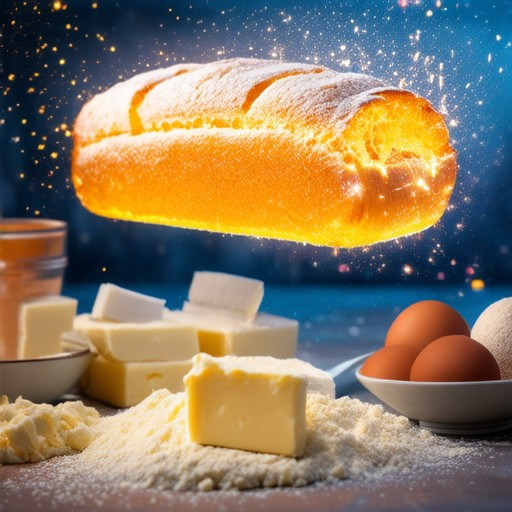
Baking Rules: A Comprehensive Guide
- Rule 1: Measure Ingredients Accurately
- Rule 2: Preheat Oven Properly
- Rule 3: Use the Right Tools and Techniques
- Rule 4: Pay Attention to Temperature and Timing
- Rule 5: Cool Baked Goods Before Serving
Always use measuring cups and spoons for precise ingredient quantities. Accurate measurements ensure your baked goods turn out consistently. Remember to level your measurements by sweeping the ingredient across the top of the measuring tool rather than packing it.
Preheating your oven to the required temperature is crucial. Most baking recipes require temperatures between 350°F (175°C) and 400°F (200°C). Once preheated, place your baking sheets or pans in the middle rack to ensure even heat distribution.
Invest in quality bakeware and tools designed for the type of baking you’re doing. For instance, use cake pans for cakes, cookie sheets for cookies, and silicon mats or parchment paper for easier cleanup. Master techniques like creaming butter and sugar for cakes or rolling dough properly for pastries.
Bake at the recommended temperature and monitor your foods closely. Use a timer and set it according to the recipe instructions. Avoid opening the oven too early, as this can cause uneven baking. Check doneness by using toothpicks, timers, or visual cues (like golden brown color).
Allow baked goods to cool on racks before glazing, frosting, or serving. Cooling prevents sogginess and ensures the texture sets properly. For delicate items like cakes, place them on wire racks to allow air circulation from all sides.
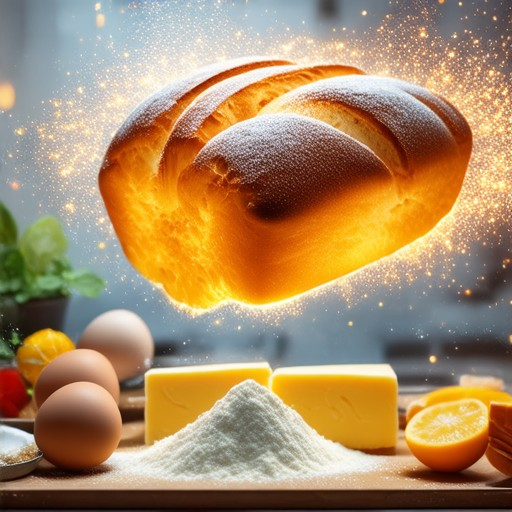
How to Start Baking as a Hobby for Beginners
Baking can be a rewarding and creative hobby, but it requires some preparation and understanding of the basics. Here’s a step-by-step guide to help you get started:
- 1. Gather Essential Equipment
- Mixing bowls
- Measuring cups and spoons
- Baking sheets
- Mixing spatula
- Cooling racks
- Oven-safe pans
- 2. Stock Up on Ingredients
- All-purpose flour
- Sugar
- Butter or oil
- Eggs
- Milk or dairy
- Vanilla extract (optional)
- Chocolate chips (optional)
- 3. Understand Basic Safety Precautions
- Never leave the kitchen while baking or cooking.
- Keep flammable materials, like oven mitts, away from open flames.
- Turn off ovens and stovetops when leaving the kitchen.
- 4. Learn Proper Measuring Techniques
- Use measuring cups and spoons accurately to ensure ingredient proportions.
- Level ingredients evenly before mixing.
- 5. Master Basic Baking Techniques
- Creaming butter and sugar thoroughly for cakes and cookies.
- Sifting flour and other dry ingredients before using them.
- Using a timer to avoid under or over-baking.
- 6. Choose Simple Recipes
- Start with easy recipes like classic cookies or banana bread .
- Consider no-bake desserts for an easier introduction to baking.
- 7. Pay Attention to Temperature Control
- Preheat your oven to the required temperature and set a timer.
- Check baked goods a few minutes before the recipe suggests to avoid overcooking.
- 8. Store Baked Goods Properly
- Allow baked goods to cool completely before storing them in airtight containers.
- Reheat baked goods in a warm oven or microwave for a few seconds before serving.
- 9. Practice Patience and Enjoy the Process
- Baking requires attention to detail and timing, so take your time and enjoy the experience.
- Experiment with different recipes and flavors to discover your preferences.
Teaching Yourself to Bake: A Step-by-Step Guide
Baking may seem daunting, but with the right approach, anyone can master it. Here’s a guide to teaching yourself to bake, starting with a classic recipe that will help you build confidence and skills.
1. Gather Essential Tools and Ingredients
- Tools: Mixing bowls, measuring cups and spoons, a whisk, spatula, baking pans (8-inch round or 9×13 inch)
- Ingredients for Basic Cake:
- 1 ½ cups all-purpose flour
- 1 cup granulated sugar
- 1 ¼ tsp baking powder
- ½ tsp salt
- ½ cup unsalted butter, softened
- 1 ¼ cups whole milk (room temperature)
- 2 large eggs
- 1 tbsp vanilla extract
2. Prepare Your Workspace
Clear your workspace and ensure all tools are ready before starting. Having everything prepared helps reduce stress and makes the process smoother.
3. Follow the Recipe Steps
- Preheat Oven: Preheat your oven to 350°F (175°C). If using a convection oven, adjust accordingly.
- Mix Dry Ingredients: In a large bowl, whisk together flour, sugar, baking powder, and salt.
- Combine Wet Ingredients: In another bowl, beat butter and vanilla until smooth. Add milk and eggs, whisking until well combined.
- Combine Mixtures: Pour the wet mixture into the dry ingredients and mix until just combined. Do not overmix!
- Bake: Pour batter into prepared pans and bake for 25-30 minutes. Check with a toothpick at 25 minutes; if it comes out clean, remove from oven. If not, bake 5 more minutes.
- Cool: Allow cakes to cool in pans for 10 minutes before transferring to a wire rack to cool completely.
4. Common Mistakes to Avoid
- Overmixing: Overmixing leads to tough cakes. Mix until just combined.
- Incorrect Oven Temperature: Most ovens vary, so monitor closely and adjust as needed.
- Pan Size: Ensure pans are the correct size to avoid uneven baking.
5. Tips for Success
- Measure Accurately: Use a kitchen scale for precise measurements.
- Cream Butter Properly: Beat butter and sugar until light and fluffy for optimal texture.
- Cool Before Serving: Cakes should cool completely before slicing to avoid breaking.
- Store Properly: Keep cakes at room temperature for softness and store covered to prevent drying.
6. Customize and Explore
Once comfortable with the basic recipe, experiment with variations like:
- Chocolate cake by substituting cocoa powder
- Lemon cake by adding zest and juice
- Strawberry cake by folding fresh berries into the batter
Baking is a skill that improves with practice. Don’t be afraid to make mistakes—each one is a stepping stone to becoming a confident baker. Happy baking!
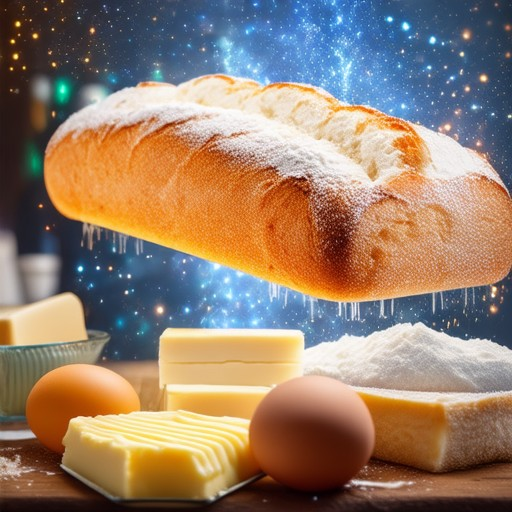
What is the Secret to Baking?
Baking requires precision, patience, and the right approach to achieve perfect results. Here are some expert tips to help you master the art of baking:
- Use Room Temperature Ingredients: Most baking recipes require ingredients like butter, eggs, and milk to be at room temperature. This ensures they mix evenly and create a smooth batter.
- Preheat Your Oven Properly: Preheating your oven to the correct temperature is crucial. Most recipes call for temperatures between 350°F (175°C) and 400°F (200°C), depending on the type of dough or batter you’re using.
- Measure Ingredients Accurately: Baking success depends on precise measurements. Use measuring cups and spoons for accuracy, and avoid eye估测。
- Use the Right Tools: Invest in quality bakeware and tools. Good tools make baking easier and ensure even distribution of heat and ingredients.
- Follow the Recipe Instructions Carefully: Every recipe has specific steps and timings. Pay attention to details like mixing times, rising periods, and baking durations.
- Don’t Overmix: Overmixing can develop too much gluten, leading to tough textures in bread or dense cakes. Mix until ingredients are just combined.
- Allow Dough to Rest: Giving dough or batter time to rest allows flavors to meld and gluten to relax, resulting in better texture and structure.
- Bake Until Fully Cooked: Don’t underestimate the final bake time. Use a toothpick or cake tester to check doneness to avoid underbaking.
- Cool Properly: Cooling baked goods on wire racks prevents sogginess and ensures crispier textures, especially for cookies and pastries.
- Purchase High-Quality Ingredients: Using fresh, unsifted flour and other top-tier ingredients enhances flavor and texture. Consider organic options for better taste.
Remember, baking is an art that combines science and creativity. With practice and attention to detail, you can achieve professional-level results in your own kitchen. Happy baking!


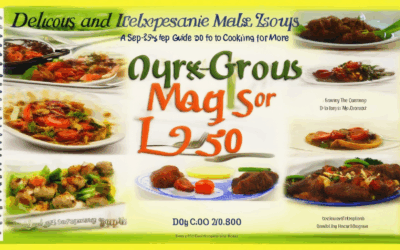
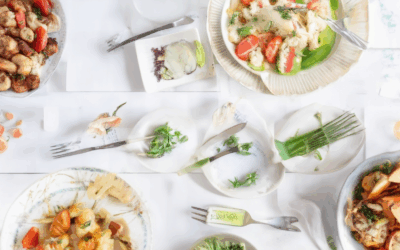

0 Comments